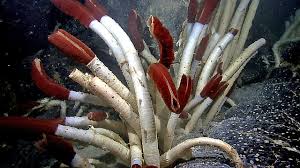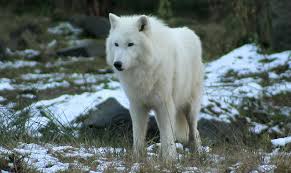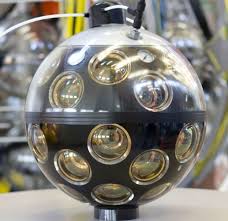Scientists have recently discovered that snails and tube worms are being found living beneath the ocean; it reveals a once unknown but flourishing ecosystem. The discovery was made by researchers who were on a 30 day expedition while traveling on the Schmidt Ocean Institute’s research vessel. They were exploring the underwater volcano away from Central America, which is part of the East Pacific Rise.
A volcanically active ridge, the extensive uprise took place when two tectonic plates met on the Pacific Ocean floor. It is located together with the ridge, which are hydrothermal vents, and it opens the ocean floor, where hot magma and seawater from below the Earth’s crust to come together in order to create a type of underwater hot spring.
The diversity of sea life was clustering around the vents that belched out elements because it was helpful for tubeworms, bacteria, mussels, and other animals’ survival within the extreme ocean depth. In the ecosystem, the vent was studied in depth, but the areas that are below the vents were largely and remain unreached.
Researchers used a remotely operated vehicle called SuBastian to expose the parts of the ocean floor and discovered a surprise about the caves being connected to the vents teeming with tube worms. Some did reach up to 1.6 feet long and 0.5 meters long. The revelation could mean that between subseafloor and seafloor ecosystems, life can grow within unexpected areas below and above the sea floor. In the summer of 2023, the team first was observing the subseafloor ecosystem; their research describing the animals and its environment was published in the journal Nature Communications.
Dr. Sabine Gollner, a senior scientist and marine biologist from the Royal Netherlands Institute for Sea Research, in a video the Schmidt Ocean Institute released, stated, “We want to understand how animals travel and how they disperse, so we looked for the first time into the subsurface. Animals are able to live beneath hydrothermal vents, and that, to me, is mind-blowing.”
The Earth’s tectonic plates shifting gives increase to more new hydrothermal vents as time progresses and foundational sea floor animals, including tube worms, which were known to colonize these types of vents within a span of only a few years.




